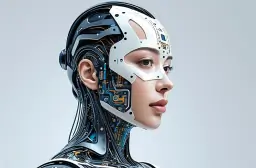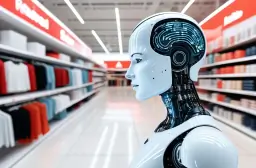AI and Employment: Transforming the Future of Work
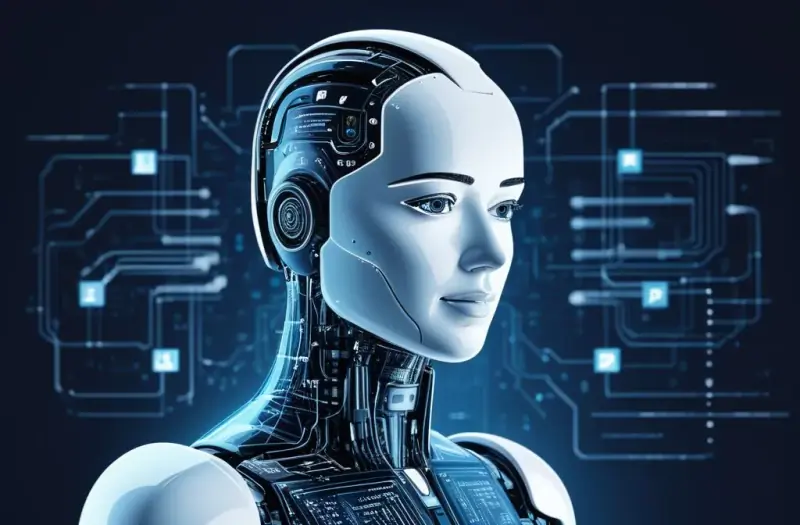
Table of Contents
The advent of artificial intelligence (AI) is reshaping industries, revolutionizing how we live, work, and interact. As we stand at the precipice of an AI-driven future, one of the most significant areas of impact is employment. The intersection of AI and employment brings both opportunities and challenges, redefining job roles, enhancing productivity, and altering the very nature of work.
Introduction to AI in the Workplace
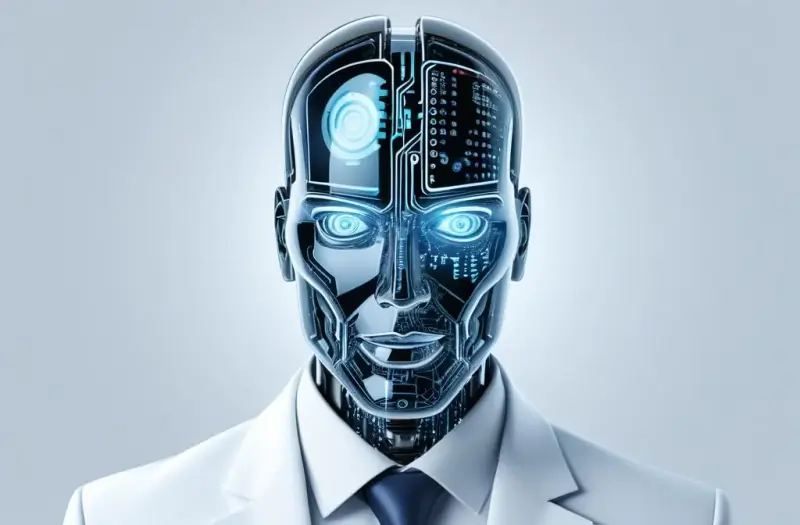
Artificial intelligence has made remarkable strides in recent years, infiltrating various sectors with the promise of increased efficiency and innovation. AI in the workplace isn’t a futuristic concept—it’s our current reality. From automating routine tasks to providing intelligent insights, AI is helping businesses streamline operations and focus human efforts on more creative and complex problems.
However, this transformation doesn’t come without its set of challenges. As AI continues to evolve, the relationship between automation and jobs is under intense scrutiny. We must consider how AI-driven employment will impact job markets, the workforce, and, ultimately, our society. In this article, we’ll explore the various facets of AI and employment, analyzing both the potential benefits and the hurdles we need to address.
The Evolution of AI-Driven Employment
AI’s journey from a theoretical concept to a practical tool has been nothing short of extraordinary. The automation and jobs debate has been ongoing for decades, but with AI’s growing capabilities, the conversation has shifted from speculation to reality.
Early Stages of AI in Jobs
In the initial stages, AI was primarily used for automating repetitive, low-skill tasks. This phase marked the beginning of AI job impact, where machines took over roles that required minimal human intervention. These tasks included data entry, basic customer service, and simple manufacturing processes.
However, as machine learning and employment became more intertwined, AI began to take on more sophisticated roles. Intelligent systems could now analyze data, predict trends, and even make decisions. This shift not only increased efficiency but also changed the nature of certain jobs, requiring workers to adapt to new technologies and methodologies.
The Current State of AI Workforce Integration
Today, AI has firmly established itself in various industries, from healthcare and finance to marketing and logistics. The AI workforce integration has led to the creation of new job roles while rendering some traditional ones obsolete. For instance, data scientists and AI specialists are now in high demand, while roles that involve routine manual tasks are increasingly automated.
Moreover, digital labor and AI have introduced concepts like remote work and gig economy jobs, which are often facilitated by AI-driven platforms. These changes have blurred the lines between traditional employment and freelance work, offering both flexibility and uncertainty to workers.
The Future of Work with AI
Looking ahead, the future of work with AI promises even more profound changes. As AI systems become more advanced, they will be capable of handling tasks that require creativity, emotional intelligence, and complex decision-making. This evolution could lead to the AI-powered job market, where human and machine collaboration becomes the norm.
However, this future also raises concerns about job displacement and the potential widening of the skills gap. While AI and job creation will bring new opportunities, there is also the risk of exacerbating inequalities if workers are not equipped with the necessary skills to thrive in an AI-driven economy.
AI’s Impact on Job Creation and Displacement
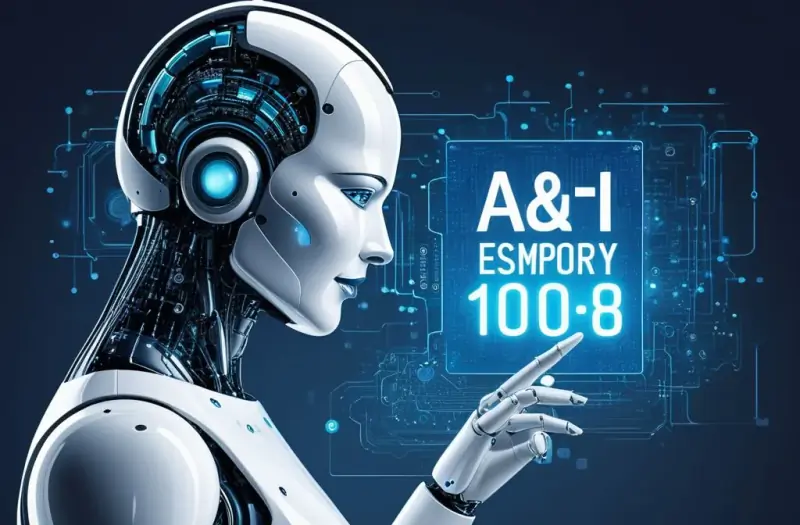
The impact of AI on job creation and displacement is a double-edged sword. On one hand, AI has the potential to create entirely new industries and job roles. On the other hand, it could lead to significant job losses, particularly in sectors that are heavily reliant on manual labor.
AI and Job Creation
One of the most promising aspects of AI in the workplace is its ability to create new job opportunities. As AI systems become more integrated into business processes, the demand for professionals who can design, implement, and maintain these systems will continue to rise. Roles such as AI ethicists, data scientists, and machine learning engineers are just a few examples of the jobs that have emerged due to AI.
Additionally, AI is expected to drive innovation in various industries, leading to the development of new products and services. This, in turn, could spur economic growth and create jobs across different sectors. For instance, the rise of AI in healthcare has led to the creation of personalized medicine, which requires a new breed of healthcare professionals.
AI and Job Displacement
Conversely, AI job impact is also associated with the displacement of workers, particularly in industries where tasks can be easily automated. For example, the manufacturing sector has seen a significant reduction in human labor as AI-powered robots take over assembly lines. Similarly, AI-driven systems are replacing human roles in customer service, data entry, and even financial analysis.
While automation can lead to increased efficiency, it also poses a challenge to workers who may find their skills obsolete. This is especially concerning for low-skilled workers who may struggle to find new employment opportunities in an AI-dominated job market.
Balancing AI and Human Labor
To address the challenges of AI employment changes, it’s crucial to strike a balance between AI and human labor. Rather than viewing AI as a replacement for human workers, we should see it as a tool that can augment human capabilities. For example, AI can handle data processing and analysis, freeing up human workers to focus on strategic decision-making and creative problem-solving.
Moreover, businesses and governments must invest in retraining and upskilling programs to ensure that workers are prepared for the AI-driven workforce. By doing so, we can mitigate the negative impacts of job displacement and ensure that the benefits of AI are shared more equitably across society.
AI in Recruitment: Transforming How We Hire
One of the most significant areas where AI is making an impact is recruitment. AI in recruitment has revolutionized how companies find, evaluate, and hire talent. By automating the recruitment process, AI has made it faster, more efficient, and more objective.
The Role of AI in Talent Acquisition
AI-driven systems can analyze vast amounts of data to identify the best candidates for a job. These systems can screen resumes, assess skills, and even conduct initial interviews. This not only speeds up the hiring process but also reduces the likelihood of human bias influencing hiring decisions.
For example, an AI system can evaluate a candidate’s qualifications based on objective criteria, such as education and work experience, without being influenced by factors like age, gender, or race. This leads to a more diverse and inclusive workforce.
AI and Job Matching
Another way AI and employment intersect is through job matching. AI algorithms can analyze a candidate’s skills, experience, and preferences to match them with the most suitable job opportunities. This not only benefits job seekers but also helps employers find the right talent more efficiently.
Moreover, AI-driven platforms can continuously learn and improve their matching algorithms, leading to more accurate job matches over time. This reduces the time and effort required for both employers and job seekers in the recruitment process.
The Ethical Implications of AI in Recruitment
While AI employment solutions offer numerous benefits, they also raise ethical concerns. For instance, there is the risk of AI systems perpetuating existing biases if they are trained on biased data. Additionally, the lack of transparency in AI decision-making processes can lead to questions about fairness and accountability.
To address these concerns, it’s essential to ensure that AI systems used in recruitment are designed with ethical considerations in mind. This includes using diverse and representative data sets, regularly auditing AI systems for bias, and providing transparency in how decisions are made.
The Role of AI in Enhancing Workplace Productivity
AI is not only transforming how we hire but also how we work. AI in the workplace is enhancing productivity by automating routine tasks, providing intelligent insights, and enabling better decision-making.
Automating Routine Tasks
One of the most significant benefits of AI in the workplace is its ability to automate routine tasks. From managing schedules to processing invoices, AI-driven systems can handle tasks that would otherwise consume valuable time and resources. This allows workers to focus on more strategic and creative activities, leading to increased productivity.
For example, in the finance industry, AI systems can automate tasks such as financial reporting and fraud detection, allowing human workers to focus on analysis and strategy. Similarly, in the healthcare sector, AI can automate administrative tasks, enabling healthcare professionals to spend more time with patients.
Intelligent Insights and Decision-Making
Another way AI and employment intersect is through intelligent insights and decision-making. AI-driven systems can analyze vast amounts of data to identify trends, predict outcomes, and recommend actions. This not only improves decision-making but also enables businesses to respond more quickly to changes in the market.
For instance, AI systems can analyze customer data to identify purchasing patterns and predict future demand. This allows businesses to optimize their inventory, pricing, and marketing strategies, leading to increased sales and profitability.
Enhancing Collaboration and Communication
AI is also playing a role in enhancing collaboration and communication in the workplace. AI-driven platforms can facilitate remote work, enabling teams to collaborate more effectively across different locations and time zones. Additionally, AI-powered communication tools can analyze and prioritize messages, ensuring that workers receive the most critical information in a timely manner.
Moreover, AI systems can provide real-time language translation, enabling teams from different linguistic backgrounds to communicate more effectively. This not only enhances collaboration but also fosters a more inclusive and diverse work environment.
Challenges and Solutions for AI Workforce Integration
While AI workforce integration offers numerous benefits, it also presents several challenges that need to be addressed. These challenges include the potential for job displacement, the need for upskilling and reskilling, and the ethical implications of AI in the workplace.
Job Displacement and the Skills Gap
One of the most significant challenges of AI-driven employment is the potential for job displacement. As AI systems become more advanced, there is a risk that certain jobs will become obsolete, particularly those that involve routine manual tasks. This could lead to significant job losses,
Popular Tags
ADS SPACE HERE
